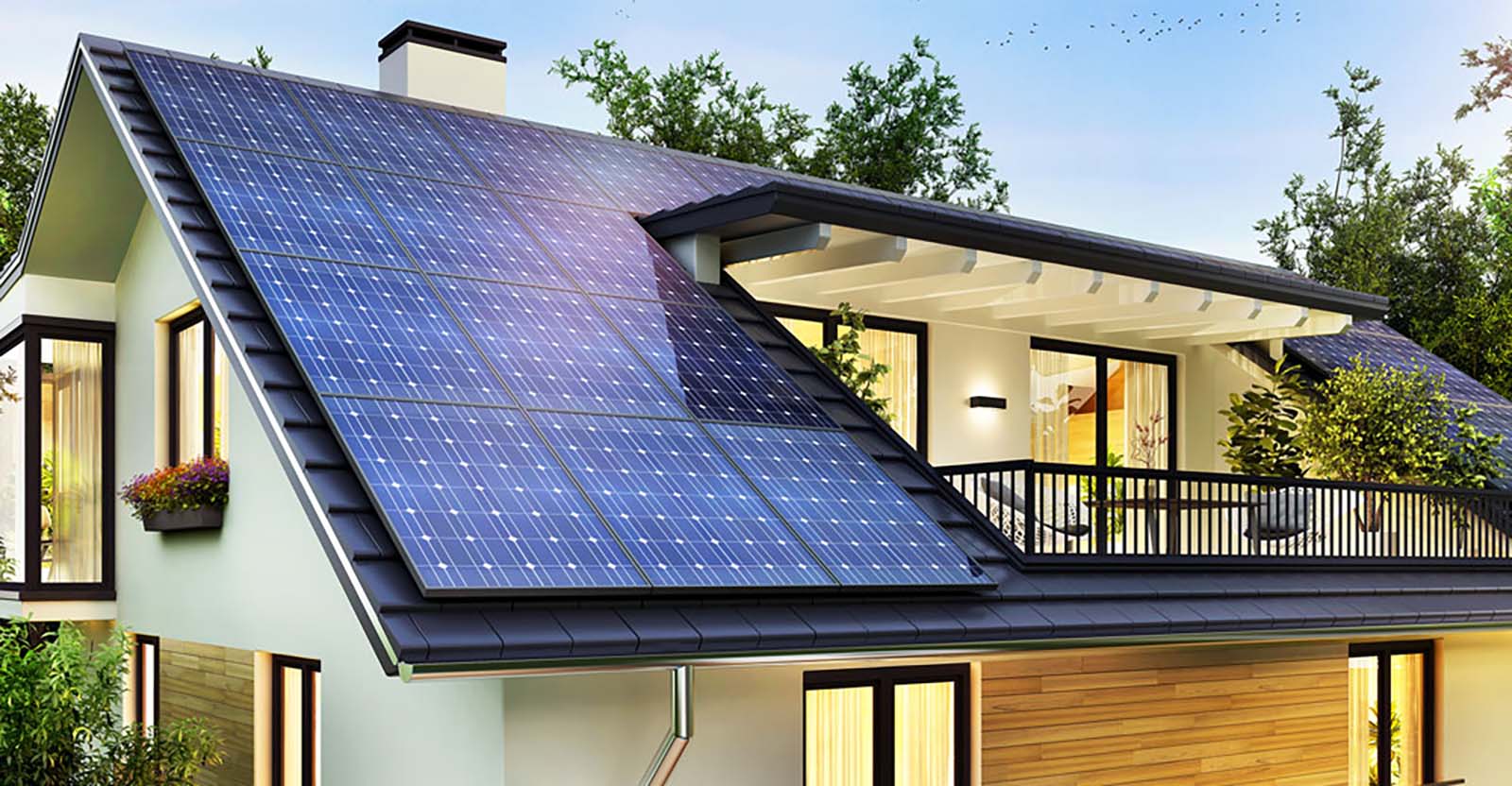How Much Energy Can a 10kW System Produce?
Introduction
The energy output of a solar system is an important consideration for those interested in harnessing renewable energy. In this article, we will explore the energy production capabilities of a 10kW solar system.

Understanding 10kW Solar System
A 10kW solar system refers to a photovoltaic (PV) setup with a capacity of generating 10 kilowatts of electricity. It typically consists of about 30-40 solar panels, depending on the panel’s wattage. This configuration is suitable for residential and small commercial applications.
Factors Affecting Energy Production
Several key factors influence the amount of energy a 10kW solar system can produce, including:
1. Sunlight intensity: The intensity of sunlight directly impacts the amount of electricity generated by the system. Higher sunlight intensity, such as on a clear summer day, leads to more energy production.
2. Hours of daily sunlight: The duration of sunlight exposure also affects energy production. Longer daylight hours allow for a higher energy yield compared to shorter winter days.
3. Panel efficiency: The efficiency of solar panels plays a crucial role in energy generation. Higher efficiency panels can convert a larger percentage of sunlight into usable electricity, resulting in increased energy output.
4. Panel orientation and tilt: The orientation and tilt angle of solar panels affect how efficiently they capture sunlight. Optimal placement ensures maximum energy production.
Energy Production Estimates
On average, a 10kW solar system can generate approximately 40-45 kilowatt-hours (kWh) of electricity per day. This estimate assumes optimal conditions, including ample sunlight and proper panel orientation. Over the course of a year, this system can produce around 14,600-16,425 kWh, depending on location.

Practical Applications
The energy generated by a 10kW solar system can meet the electricity needs of an average-sized home. It can power essential appliances, including refrigerators, lighting systems, air conditioning units, and more. Additionally, excess electricity can be stored in batteries or directed back to the grid, offsetting utility costs and promoting a sustainable energy mix.
Conclusion
In conclusion, a 10kW solar system has the potential to generate approximately 40-45 kWh of electricity per day, totaling around 14,600-16,425 kWh annually. However, it’s important to consider that energy production varies based on environmental factors and equipment efficiency. By investing in a 10kW solar system, individuals can reduce their carbon footprint, decrease reliance on traditional energy sources, and contribute to a greener future.



